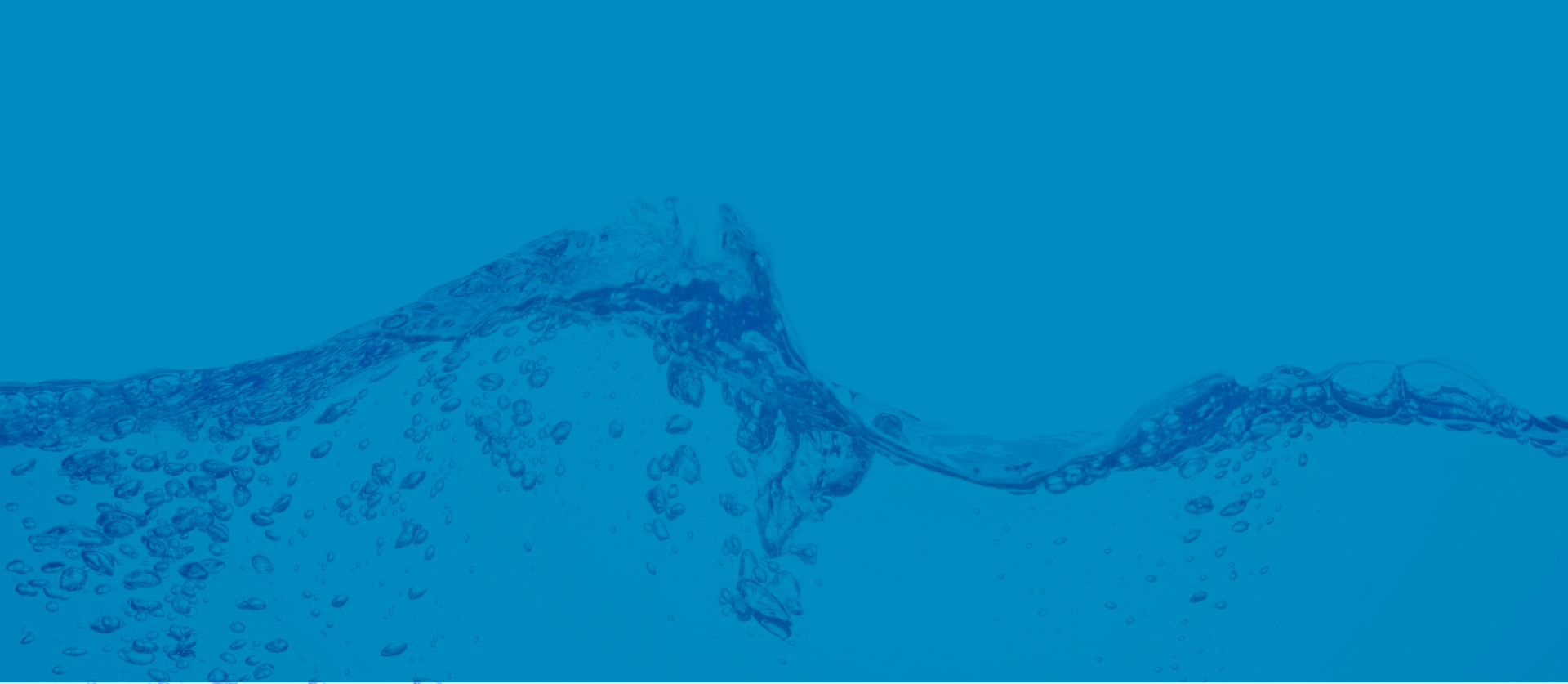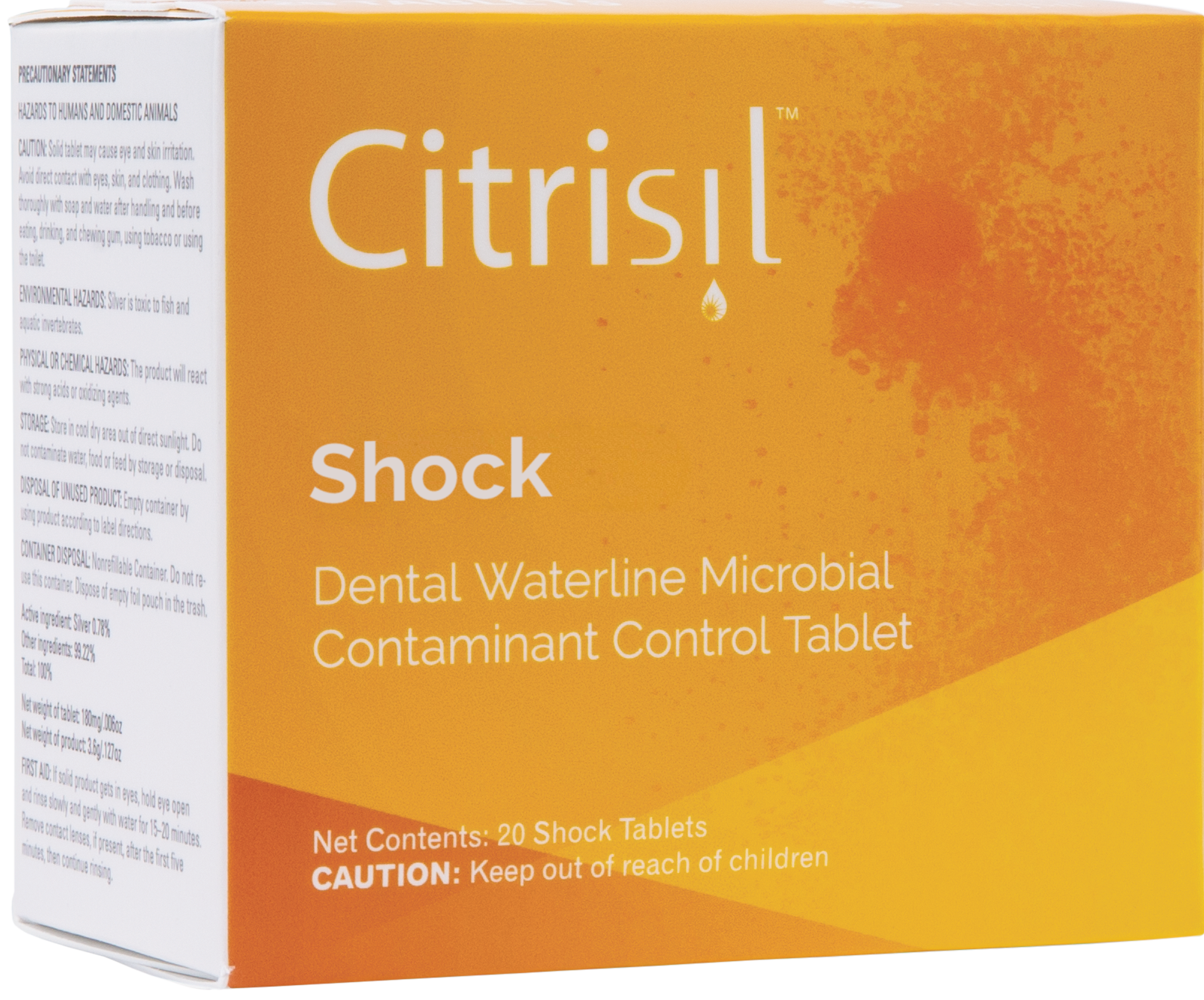Your cart is currently empty!

The Next Domino to Fall in Waterline Regulation


If you’ve been keeping up with our blog, it’s nothing new to you that regulations concerning waterline treatment and effluent handpiece water quality are a hot button issue in dentistry right now. The Mycobacterium outbreak in Orange County, CA has put the subject on the radar of regulators across the country. Now the state of Washington is reacting with a proposed rule change that seeks to hold practices accountable for their water quality through bacteria testing mandates.
The Business: Regulations, Guidelines & Compliance

WAC 246-817-660 was introduced to the Washington State Department of Health in November of 2018. The proposed rule laid out their intent in two provisions.
A licensed dentist shall use water that meets United States Environmental Protection Agency regulatory standards for drinking water of five hundred or less colony-forming units or CFUs.
A licensed dentist shall follow manufacturer’s directions when testing the water delivery system for acceptable water quality. If manufacturer’s directions are unavailable, a licensed dentist shall test the water delivery system for acceptable water quality quarterly. A licensed dentist shall test the water delivery system five to ten days after repair or changes in the plumbing system and again at twenty-one to twenty-eight days later.
All water lines must be tested and may be processed as a single sample for each operatory or dental unit.
In the event of an unacceptable level of colony-forming units or CFUs, a licensed dentist shall take immediate remedial action. For the purposes of this section, remedial action means any action necessary to reduce the CFUs to five hundred or a lesser number currently recognized by the United State Environmental Protection Agency as acceptable for drinking water.
A licensed dentist shall record the water delivery system testing and maintenance either in the form of a log reflecting dates and person or persons conducting the test or maintenance or copies of reports from an independent testing entity. A licensed dentist shall maintain this documentation for a period of five years.
What’s It All Mean?

What does this mean for clinicians in WA?
To start with, you need to take steps to ensure your water meets the EPA drinking water standard. As we’ve said many times in this blog, it is highly unlikely that water without continuous treatment, once introduced to a chair, will be able to meet the EPA drinking water standard of <500CFU/ml standard. So, treat your lines with a non-oxidizing, EPA approved waterline cleaner that’s safe for patients, staff, and equipment if you’re not doing so already.
Follow Water Testing Recommendations
Next, read your waterline treatment manufacturer’s labeling recommendation on water testing if you haven’t done so already. Then heed those recommendations. In lieu of those recommendations, test your lines with a third party lab specializing in dental water microbes on a quarterly basis.
When to Shock
The next provision specifies that any disruption or disturbance to the water system will warrant a retest. Personally, I would recommend shocking the lines with an EPA approved shock treatment, like Citrisil, after any such occurrence and prior to the water test. Better safe than sorry and better to spend a small amount on shock to ensure a passing result than to have to spend more on a second water test because the first one failed.
If you fail, the proposed rule specifies that a remediation action be taken. And by remediation they mean shock the lines. The proposed rule does not specify that you test again in this instance.
Maintain Water Testing Records
Finally, you will need to keep records of all this water test data for at least five years. The logged information will need to contain the test results, date, and person(s) conducting the water test. Many waterline treatment manufacturers offer log sheets or you can make them yourself.
Compliance May Vary by State: Different Strokes for Different Dental Waterline Regulations

The State of Washington’s approach to ensuring effluent handpiece water purity is somewhat different than say, California, whose proposed water quality rule specifies action points based on procedures or situations where contaminated water presents a higher risk of infection to the patient. The problem with California’s proposed rule is that for the bulk of procedures performed by general practice dentists, both practice staff and patients would still be exposed to potentially infectious pathogens. This is because unless a procedural line is crossed, the issue will not be addressed. Therefore, issues such as contaminated aerosols and spatter, which, when inhaled, can threaten not only patients but staff as well, are still an issue to contend with for clinics who elect to only address the problem when that procedural threshold has been met. While some in the California Dental Association have implied that treatment of handpiece water is a given, it is not a requirement, and the numbers of dentist not treating in California is still a problem.
Shameless Plug: Sterisil is the market leader in dental unit waterline treatment for a reason
Regardless of where you live in the United States, this problem is not going away. Nobody wants to be the next Children’s Dental Group. Not treating is just not worth the risk. If this proposed language is giving you anxiety because you’re not currently doing anything, worry not. You have options and they’re not all bad. Sterisil has been working to solve this problem since 1999. Our waterline products are non-toxic, non-oxidizing, and safe for patients, staff, and equipment. Don’t wait for this language to become an enforceable rule. Take action now.
Share this post:

Related Posts





